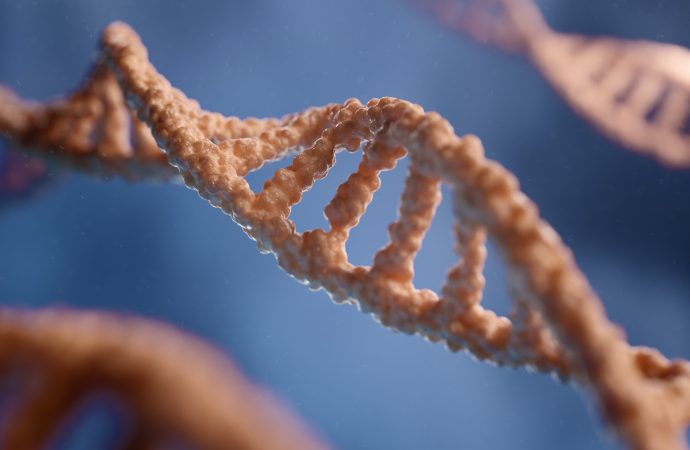Introduction: Advancements in DNA technology have revolutionized various fields, including forensic science and human identification. But did you know that the power of DNA analysis extends beyond humans? Scientists and researchers are now using unique DNA identifiers to unlock the mysteries of animal genetics. In this article, we explore the fascinating world of animal DNA
Introduction:
Advancements in DNA technology have revolutionized various fields, including forensic science and human identification. But did you know that the power of DNA analysis extends beyond humans? Scientists and researchers are now using unique DNA identifiers to unlock the mysteries of animal genetics. In this article, we explore the fascinating world of animal DNA and how these identifiers are shedding light on their origins, behavior, and conservation efforts.
1. The Power of DNA:
DNA, or deoxyribonucleic acid, is the blueprint of life. It carries the genetic information that determines the traits and characteristics of all living organisms, including animals. By studying the DNA of animals, researchers can uncover valuable insights into their evolutionary history, population dynamics, and even individual identification.
2. Unique Identifiers:
Unique DNA identifiers, such as microsatellites and single nucleotide polymorphisms (SNPs), are specific regions within an animal’s DNA that exhibit genetic variation. These markers serve as distinct genetic fingerprints, allowing researchers to differentiate between individuals within a species. By analyzing these identifiers, scientists can track gene flow, genetic diversity, and relatedness among animals, which are crucial for conservation efforts and understanding population dynamics.
3. Conservation Applications:
One of the significant applications of animal DNA analysis is in conservation biology. By examining the genetic diversity and population structure of endangered species, researchers can identify genetically distinct populations, assess their health, and determine conservation priorities. This information is vital for developing targeted conservation strategies, protecting critical habitats, and preventing the loss of genetic diversity within threatened species.
4. Animal Behavior and Parentage:
Unique DNA identifiers also play a crucial role in understanding animal behavior and determining parentage. By analyzing DNA samples from individuals within a group or population, researchers can track patterns of mating, identify parent-offspring relationships, and unravel social structures. This knowledge helps unravel the complexities of animal societies, mating systems, and even the impact of kinship on behavior.
5. Wildlife Forensics:
Similar to human forensic applications, animal DNA analysis is utilized in wildlife forensics to combat illegal wildlife trade and poaching. By using DNA identifiers, authorities can trace the origin of seized animal products, such as ivory, rhino horn, or exotic animal skins, back to the source. This information aids in identifying wildlife trafficking routes, targeting criminal networks, and strengthening law enforcement efforts to protect endangered species.
6. Unveiling Ancient DNA:
Advancements in DNA technology have also allowed scientists to extract and analyze DNA from ancient animal remains, providing insights into extinct species and ancient ecosystems. By sequencing ancient DNA, researchers can reconstruct evolutionary histories, study past environmental changes, and explore the genetic adaptations that shaped extinct animals.
Conclusion:
The use of unique DNA identifiers in the study of animal genetics has opened up a world of possibilities for understanding the intricacies of the animal kingdom. From conservation biology to wildlife forensics and uncovering ancient DNA, these identifiers serve as powerful tools for scientists and researchers. As our knowledge of animal DNA expands, so does our understanding of their origins, behavior, and conservation needs. By harnessing the power of DNA, we can pave the way for a deeper appreciation and preservation of the remarkable diversity of life on our planet.

















Leave a Comment
Your email address will not be published. Required fields are marked with *